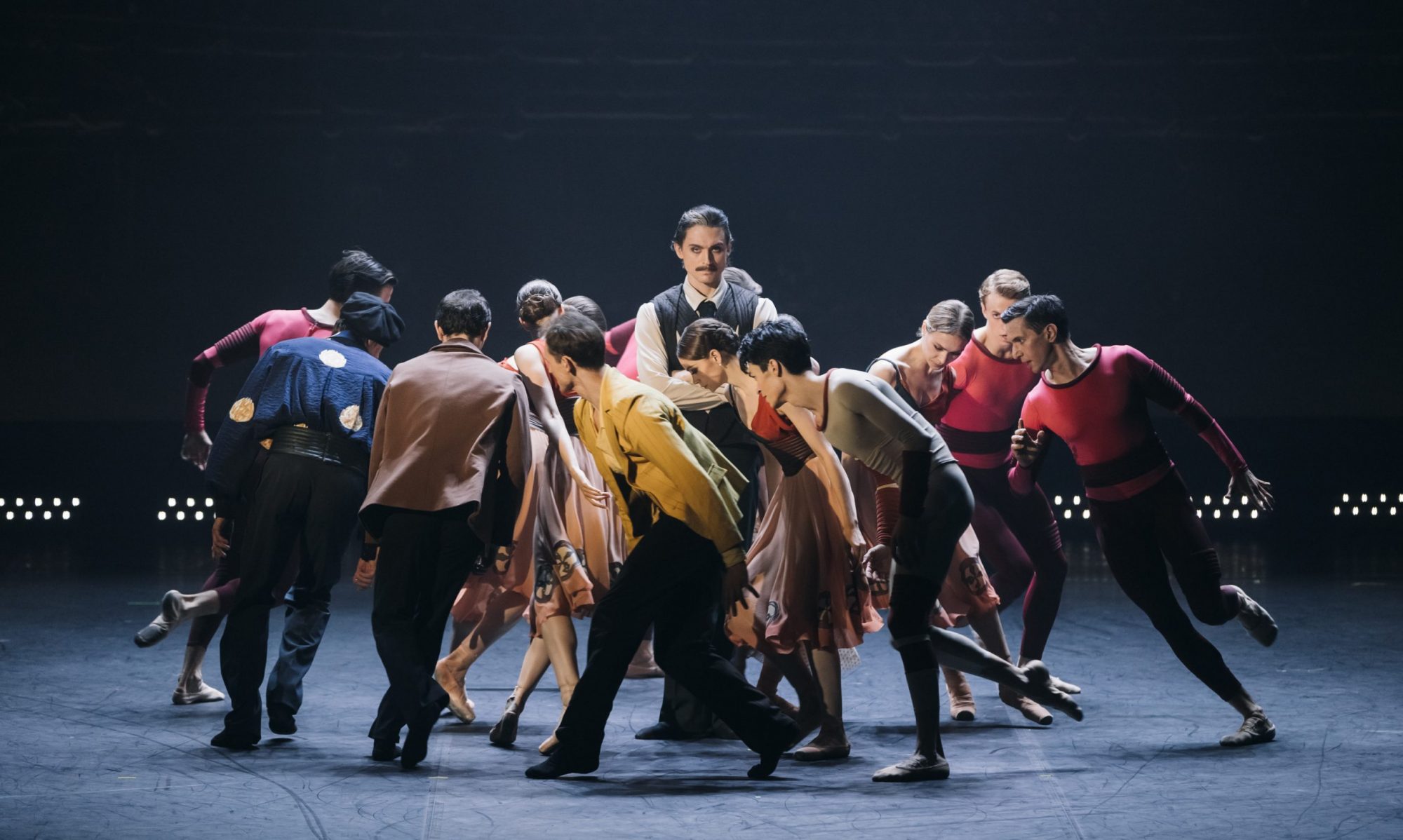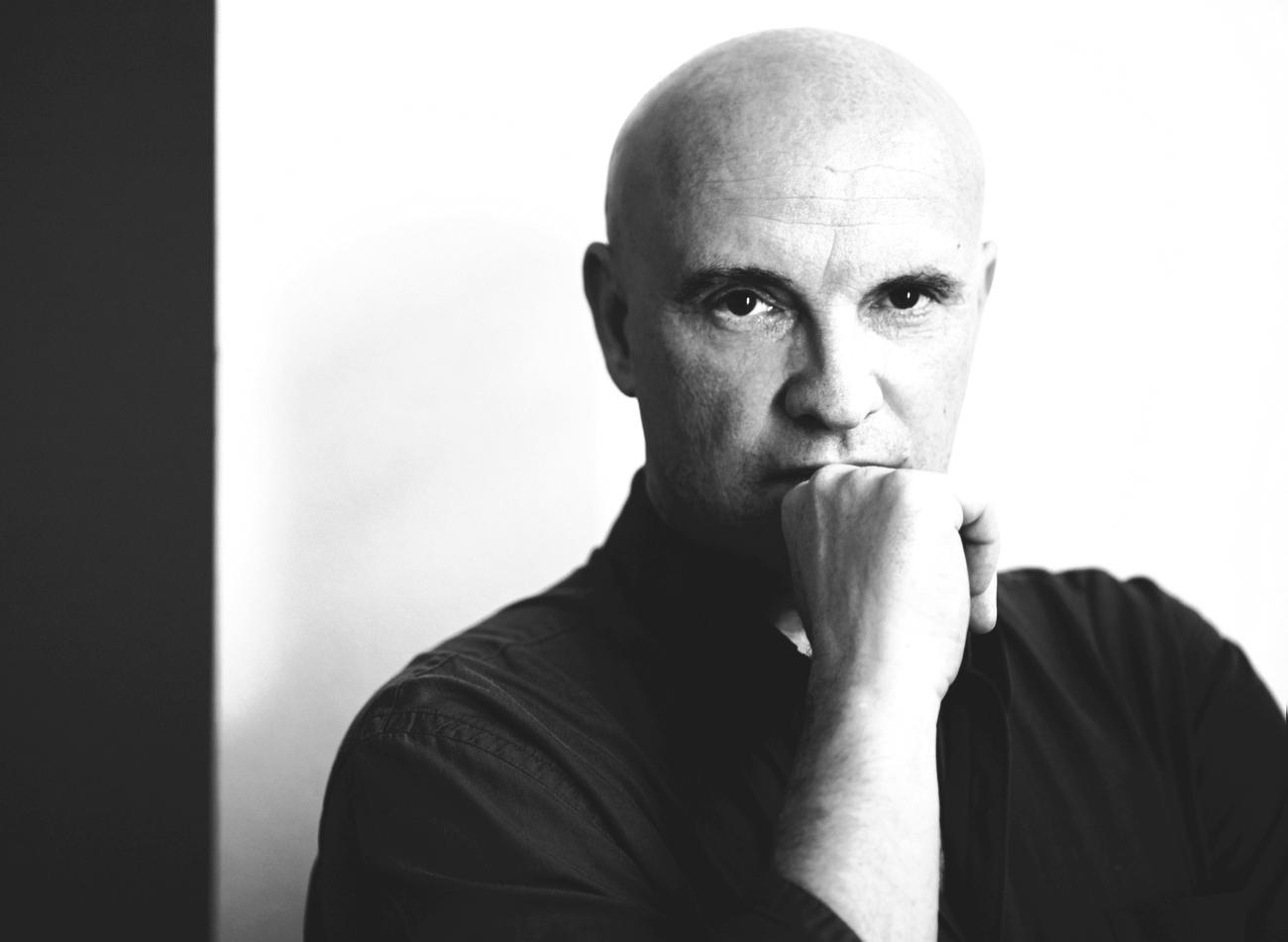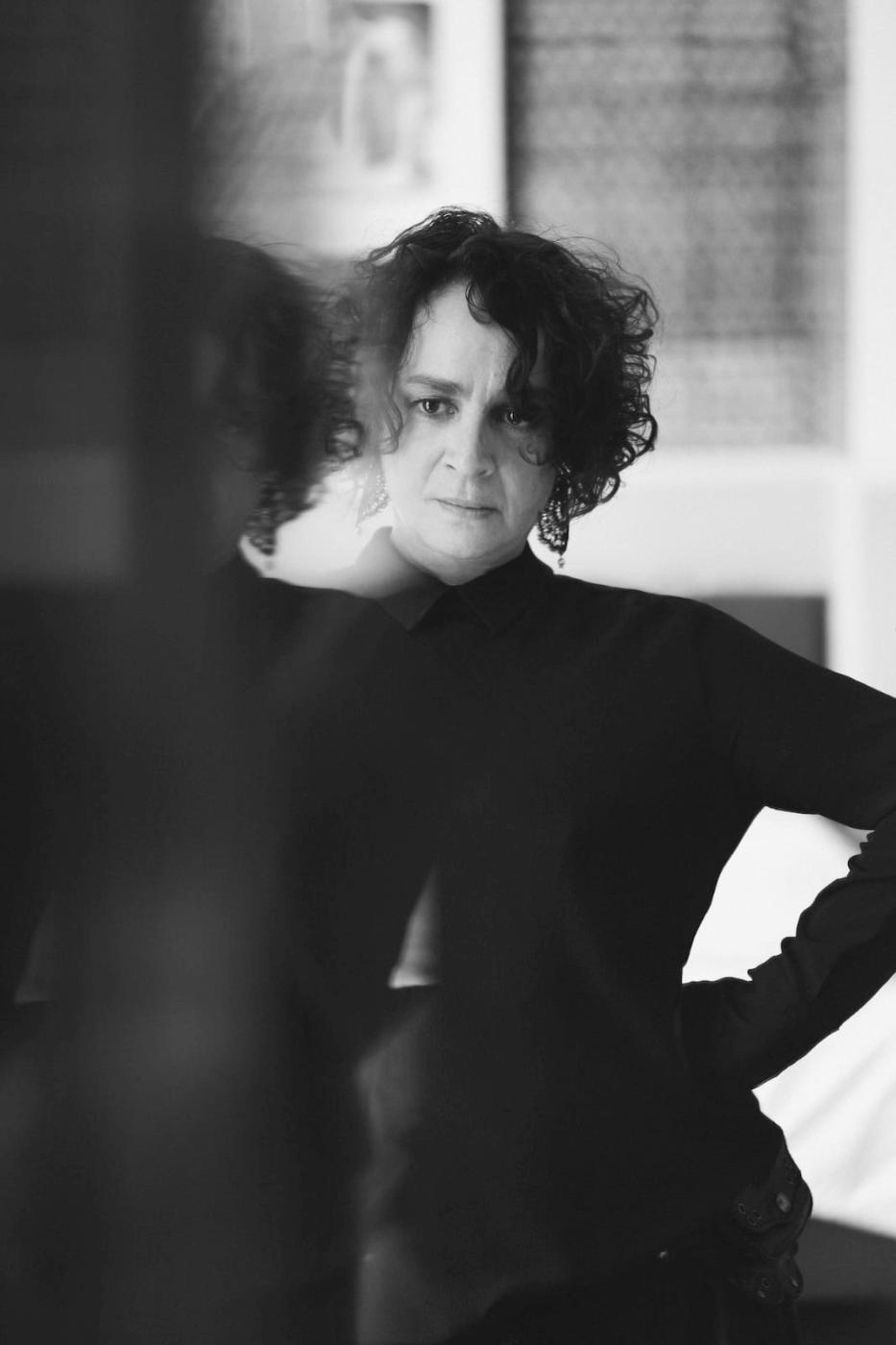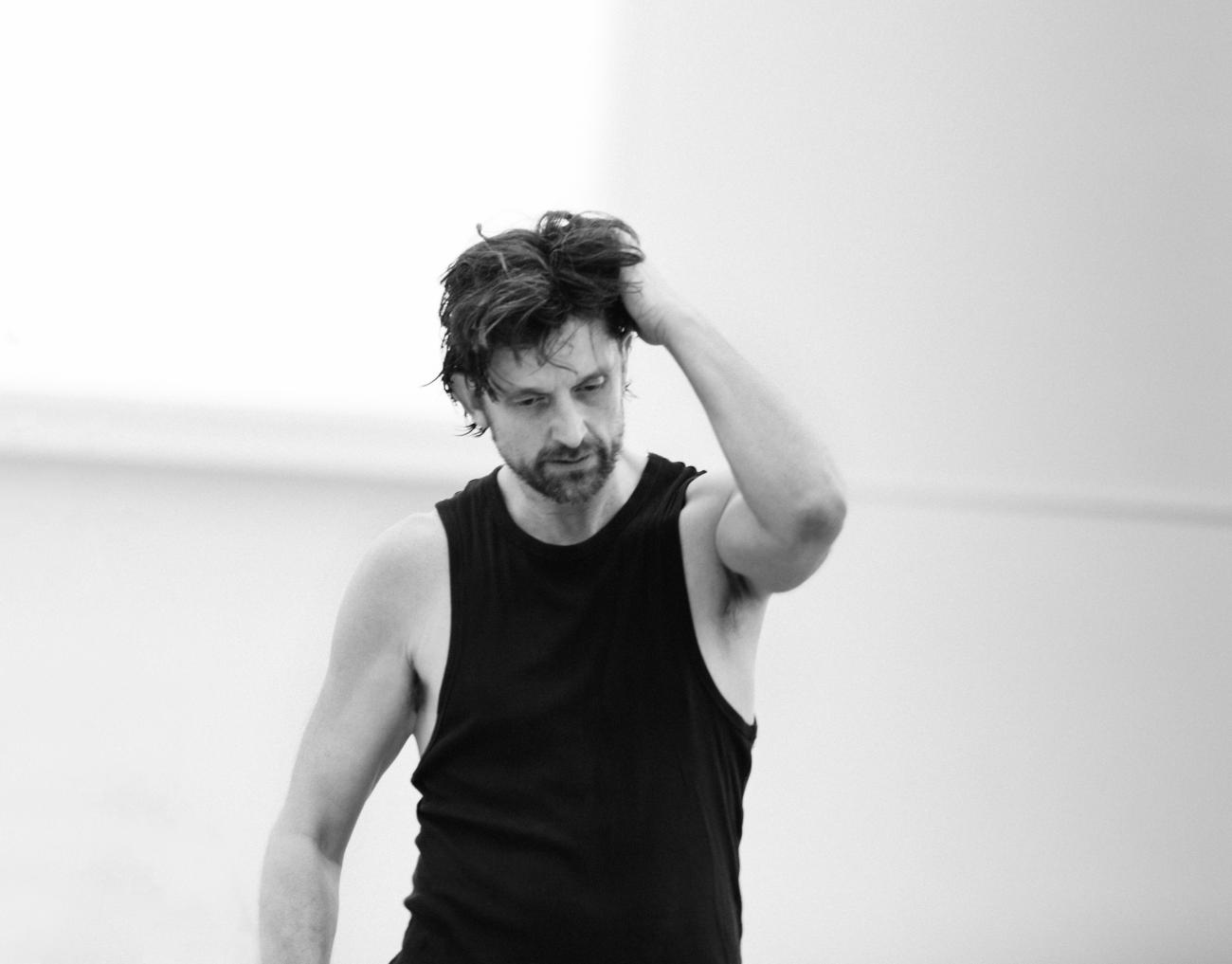“Coppélia”
Czech National Ballet
The State Opera
Prague, Czech Republic
May 26, 2024 (matinee)
by Ilona Landgraf
Copyright © 2024 by Ilona Landgraf
 Arthur Saint-Léon’s comic ballet Coppélia premiered on May 25, 1870, at the Théâtre Impérial de l’Opéra in Paris. Two months later, on July 19th, Napoleon III declared war on Prussia. The opening night featured a military dance portraying twelve Ottoman Janissaries fencing against twelve Austrian Hussars. It concluded with a ballerina holding an olive branch heralding peace. Times were anything but auspicious during the descent of the Second French Empire, but that wasn’t reflected in the ballet. To the contrary, Léo Delibes’s vibrant score infused the comedy with a buoyant joie de vivre. Might it be a stroke of fate that now of all times, as the political landscape darkens with mind-boggling speed and social cohesion is worn down (at least in my home country, Germany), the Czech National Ballet premiered Coppélia? The Prague audience’s warm reception proved that the ballet still conveys what people are yearning for in times of crisis: togetherness, good humor, generosity, and a romance with a happy ending. Continue reading “Soul Food”
Arthur Saint-Léon’s comic ballet Coppélia premiered on May 25, 1870, at the Théâtre Impérial de l’Opéra in Paris. Two months later, on July 19th, Napoleon III declared war on Prussia. The opening night featured a military dance portraying twelve Ottoman Janissaries fencing against twelve Austrian Hussars. It concluded with a ballerina holding an olive branch heralding peace. Times were anything but auspicious during the descent of the Second French Empire, but that wasn’t reflected in the ballet. To the contrary, Léo Delibes’s vibrant score infused the comedy with a buoyant joie de vivre. Might it be a stroke of fate that now of all times, as the political landscape darkens with mind-boggling speed and social cohesion is worn down (at least in my home country, Germany), the Czech National Ballet premiered Coppélia? The Prague audience’s warm reception proved that the ballet still conveys what people are yearning for in times of crisis: togetherness, good humor, generosity, and a romance with a happy ending. Continue reading “Soul Food”
















